The History of Incino
453-1696: Middle Ages/Renaissance
453 AD
The Huns, led by Atilla, sack Northern Italy, penetrating through Fruili, destroying Feltre, pillaging and burning Arsiè and Fastro. Our elders used to claim with a touch of pride that Atilla passed through Incino, but this has never quite been established.
568 AD
The Lombards invaded Italy and began building the first castles in a line-of-sight network, including in Incino, Rocca, Artèn, and Bastia d’Enego, plus a tower in Roveri di San Vito. Even though the castles in Incino and Rocca were part of the same defense system they endured separate fates: an enemy attack coming from the Brenta River Valley would strike Incino but not Rocca, while one coming from Feltre would strike Rocca but not Incino. Where Incino’s castle stood is not clear, though its existence is documented—some place it in the current village; others place it where “il Cristo” is (where there are remnants of old buildings belonging to primitive inhabitants).
594 AD
October–November
Interminable torrential rain triggers flooding and destruction that devastates the land in the Feltrino, and many people believe it to be a new Great Flood. The flood ravages the entire Fonzaso Plain, and a radical morphological change causes the permanent rerouting of the Cismon River, transforming it from a tributary of the Piave River and shifting its course toward Arsiè and Rocca to flow into the Brenta River as seen today.
813
(or 795, according to others)
Pope Leo III, in transit to Mainz (then the most important German religious center), stopped to consecrate the little church of Santa Maria del Pedancino [link in Italian] near Cismon (then under the parish of Arsiè).
Legend has it that the cult of this Madonna was born of a miraculous event. A young shepherd looking after a meager flock of sheep saw a great light from a thorn bush, and approached to find an image of the Madonna and Child. The shepherd, a deaf mute, miraculously regained his voice and ran to alert the few inhabitants of the nearby hovels so they could witness the miracle.
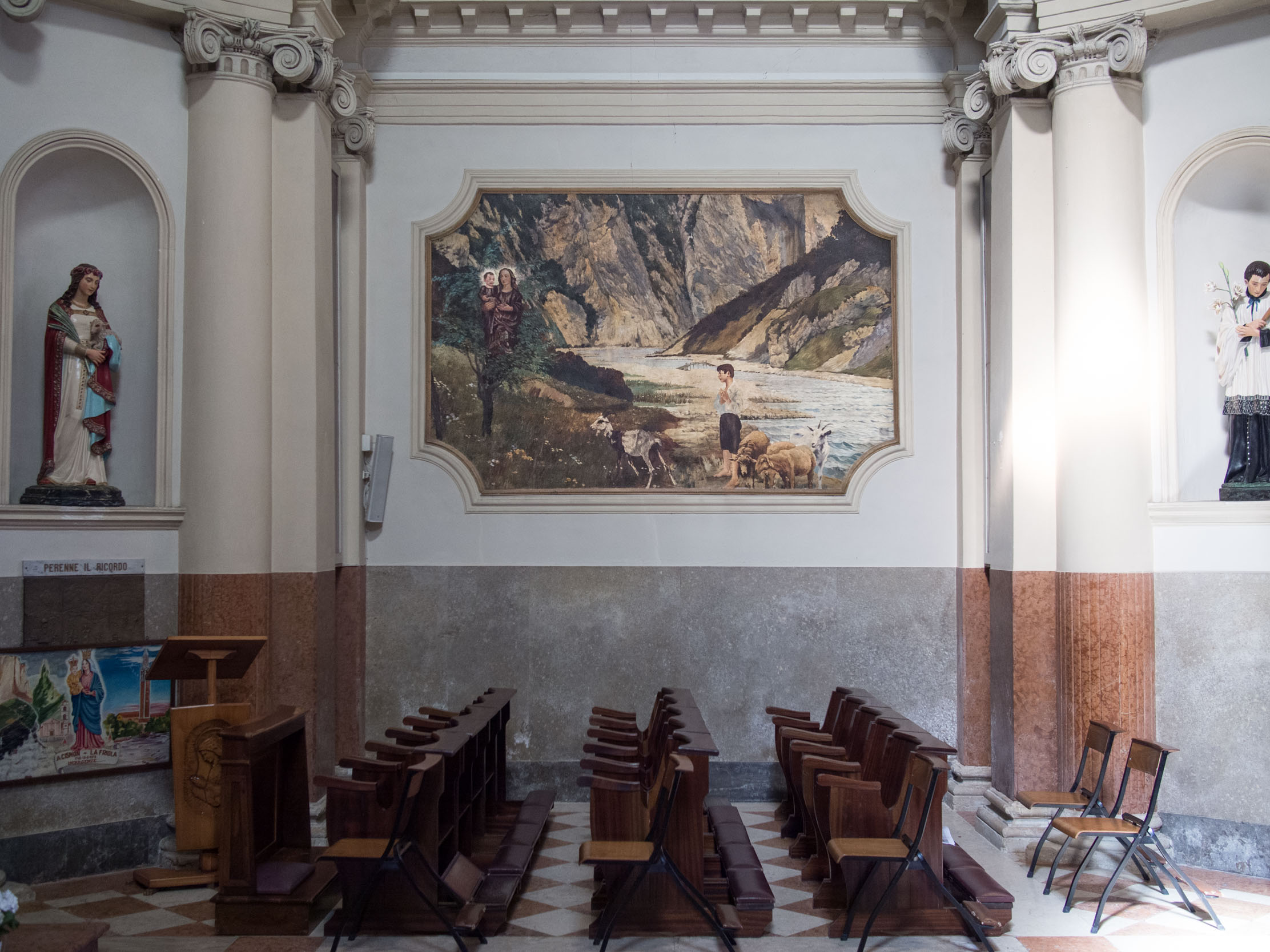
So the cult of the Madonna del Pedancino was born. The most accepted explanation is that this era (717–802 AD) was characterized by rampant iconoclasm—the prohibition and destruction of religious imagery as heretical. A believer (perhaps a monk) in the Eastern Church was in possession of the aforementioned image and wanted to bring it to safety, and for unknown reasons his pilgrimage concluded at the foot of Incino. The Hungarians invaded; the oratory was plundered. This oratory was under the authority of the parish of Arsiè until the year 850, which was the mother church of the nearby churches.
1245
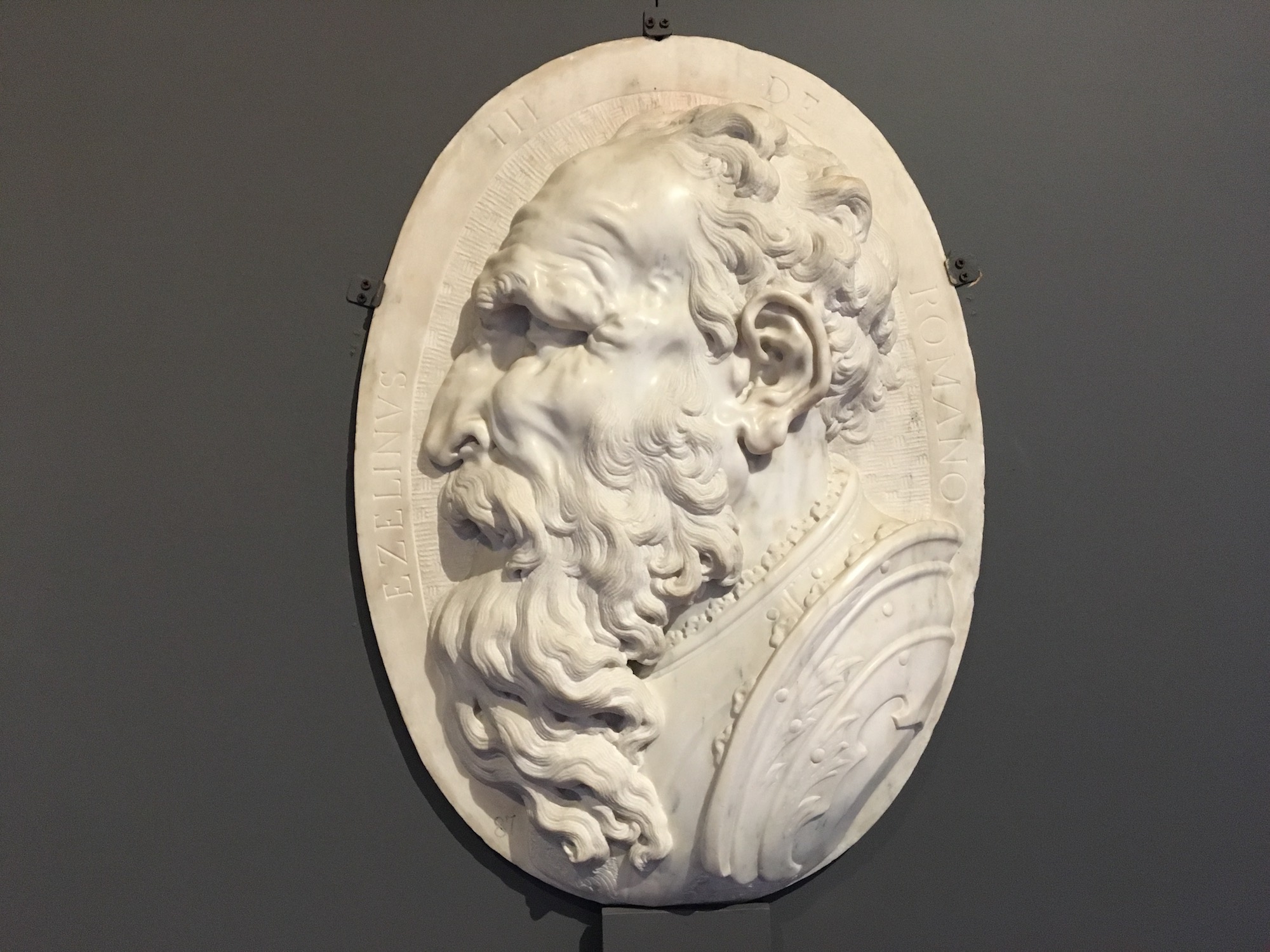
Ezzelino da Romano conquered the castles of Rocca and Incino and put them in the care of Rate da Fonzaso, one of his loyalest men.
1269
On November 3, an earthquake caused severe damage throughout the Feltrino. It is the first historical record of an earthquake in our territory.
1420
Arsiè’s territory is conquered by Venice. The castle of Incino appears in the list of extant fortifications, along with the castles of Rocca, Mellame, Tol, and the tower in Roveri. One year later, on April 21, to suppress local autonomist sentiments, Venice orders the destruction of all the castles in Arsiè, and Incino’s was immediately demolished.
1485
An epidemic of plague spread throughout the Feltrino. It was under these circumstances that the cult of the Madonna della Salute was established—it has always been worshipped with great intensity in Incino.
1488
There is a written report of the first pastoral visit from a bishop of Padua. On October 10, Bishop Pietro Barozzi was in Cismon, and the episcopal chancellor spoke thus about Pedancino: “Going past Cismon and proceeding against the current of the river, nearly at its bank, you encounter a chapel built in the name of Blessed Maria in the place called ‘Pedansin.’”
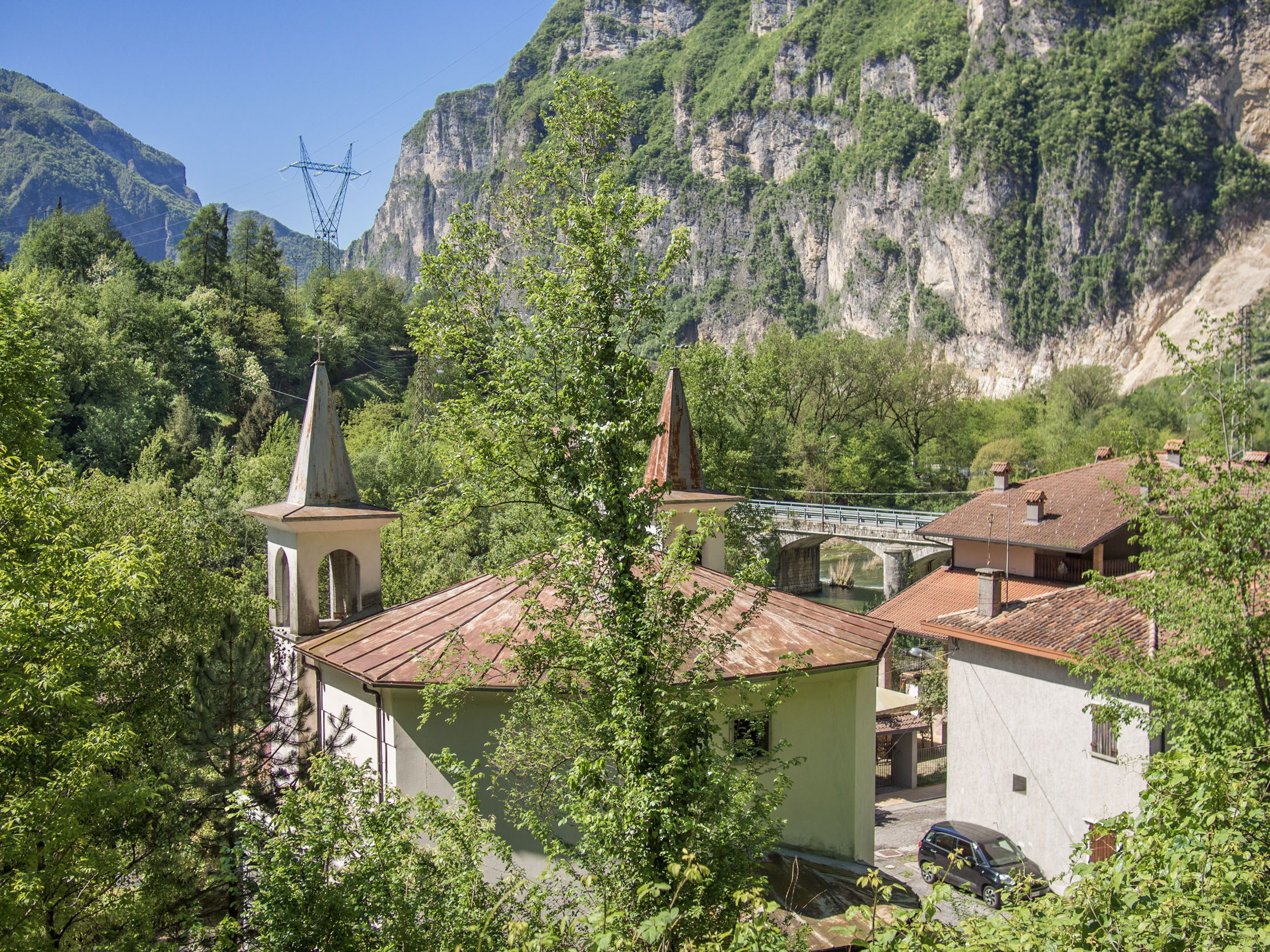
1513
The Trentino Cristoforo Calepino [link in Italian] takes possession of Feltre on behalf of Emperor Maximilian of Austria. The local population begs Venice to intervene, and it sends an armed regiment commanded by Giovanni Brandolini. Calepino is rooted out and takes flight, leaving devastation in his path. He slashes his way through Arsiè, Rocca, and Incino, but is captured in Valstagna.
1522
Bean cultivation is introduced to our valleys.
1589
On June 6, Arsiè’s leadership decides to build a dam on the Arig Creek. The job was assigned to five men, one of whom was named Lorenzo di Donà Zancaner (the first time a name is written resembling the current form of Zancanaro).
1613
Corn was introduced in the Feltrino and polenta immediately became a primary staple on frugal tables, but it was an incomplete diet devoid of vitamins. Because of this, pellagra was a recurring problem. Salt, however, was never lacking because Venice both promoted its sale and earned exorbitant revenue on it.
1629
This was a year of famine, followed in 1630 by plague, as described by Alessandro Manzoni in The Betrothed. Some historians maintain that our districts were not affected, but a careful examination of the Arsiè parish registers suggests the opposite: Arsiè (including Rocca and Incino) went from an annual average of 27 deaths to 72 deaths the following year.
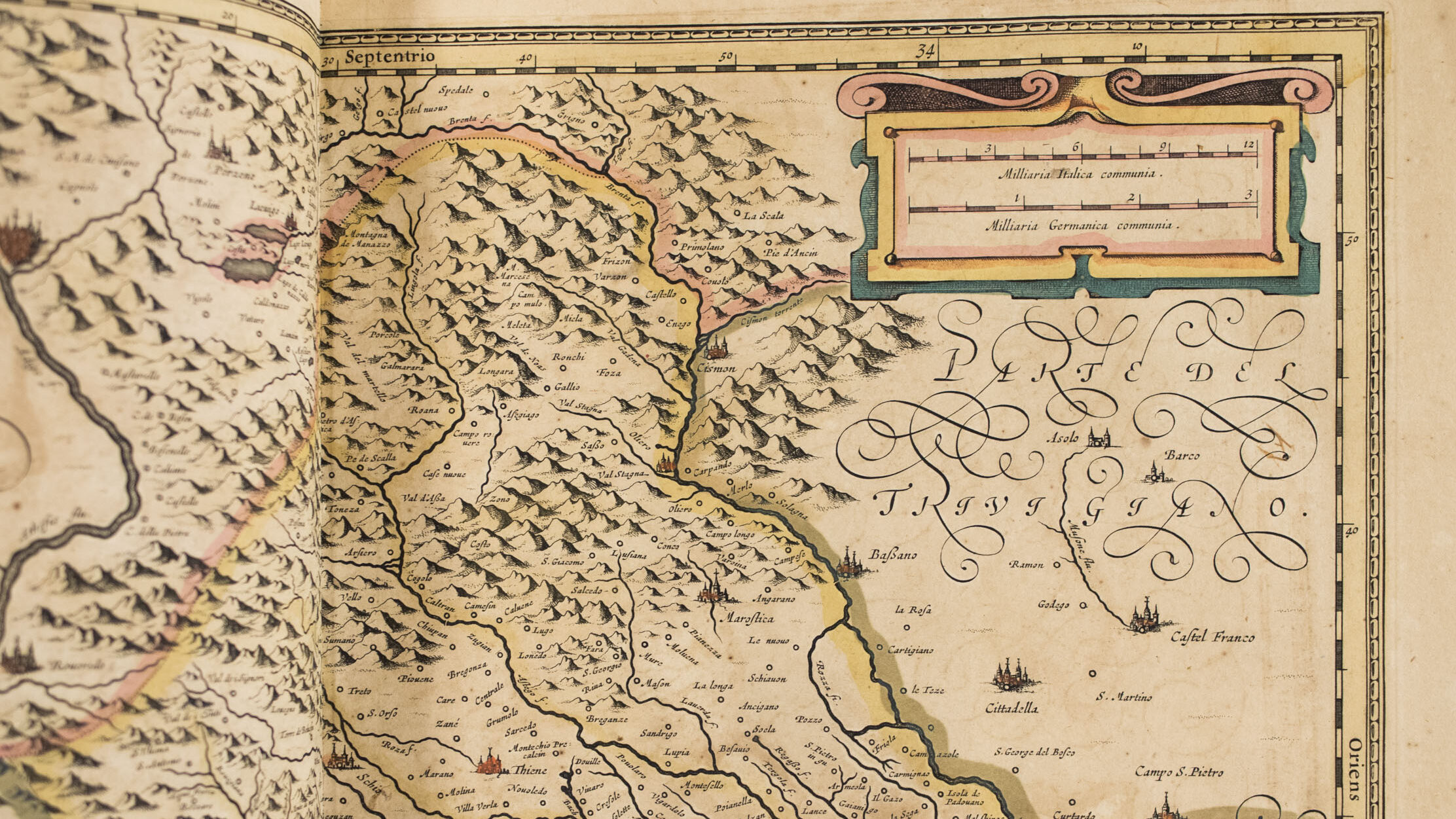
1651 – 1652
During this winter, so much snow fell in the region of Arsiè that it caved in roofs and damaged the roads. The bridge between Pedancino and Cismon collapsed under the weight of the snow.
1653
In order for Venice to finance the war against the Turks, on September 5, Pope Innocent X permitted the first tithing law to be passed, to be paid half in July and half in October. Arsiè’s church paid a sum of 116 lire.
1666
On October 17, the feast of “Souls in Purgatory” was established, later called more simply “Souls.”
1670
The population of Arsiè consisted of 600 “foghi” (“families” in dialect) with 6 priests. The inhabitants of the hamlets had to bring their children to Arsiè to be baptized; the deceased had to be brought there for burial as well.
1672
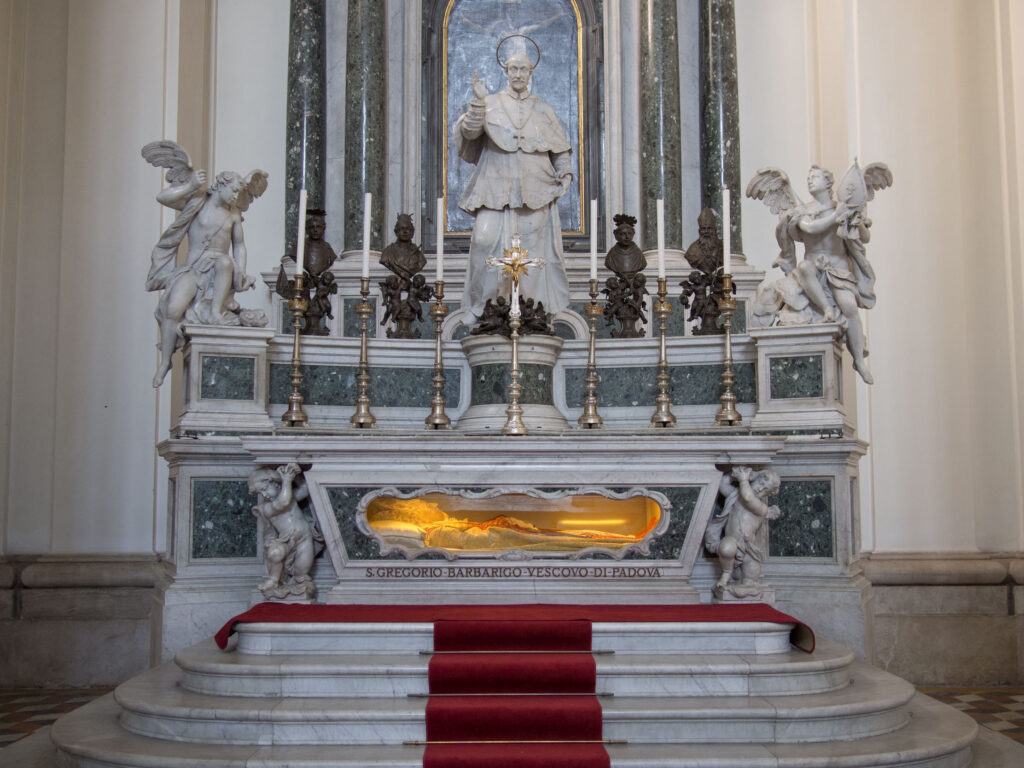
On October 12, the Bishop of Padua, Saint Gregorio Barbarigo, on a pastoral visit along the Brenta Valley, was crossing the river to Enego when he was almost crushed by a giant boulder that had broken off from the cliffs of Incino near Casere. The saint invoked the name of Jesus and raised his hand in the sign of blessing, the rock disintegrated, and only the episcopal chancellor’s mule was injured. The incident is pure fable, but thus it is certain that on this date the little hamlet of Casere was already in existence.
1674
On October 27, a decree from the bishop establishes the parish of Rocca, Incino, and Corlo, detaching it from the parish of Arsiè. The first pastor appointed was Father Simone Rizzo. In the appointment decree, the pastor was to perform not only the usual activities (masses, Christian doctrine, etc.), but to instruct shepherds in catechism and have them learn prayers in Italian instead of dialect like before. Also in 1674 the first cemetery was built in Rocca, where all Incino’s dead were brought right away. Before that, burials took place in Arsiè.
1694
On February 24, soldier Antonio N. from Cividale da Friuli, roughly 34 years old, was wounded in Incino while on a raid with companions and died two hours later.